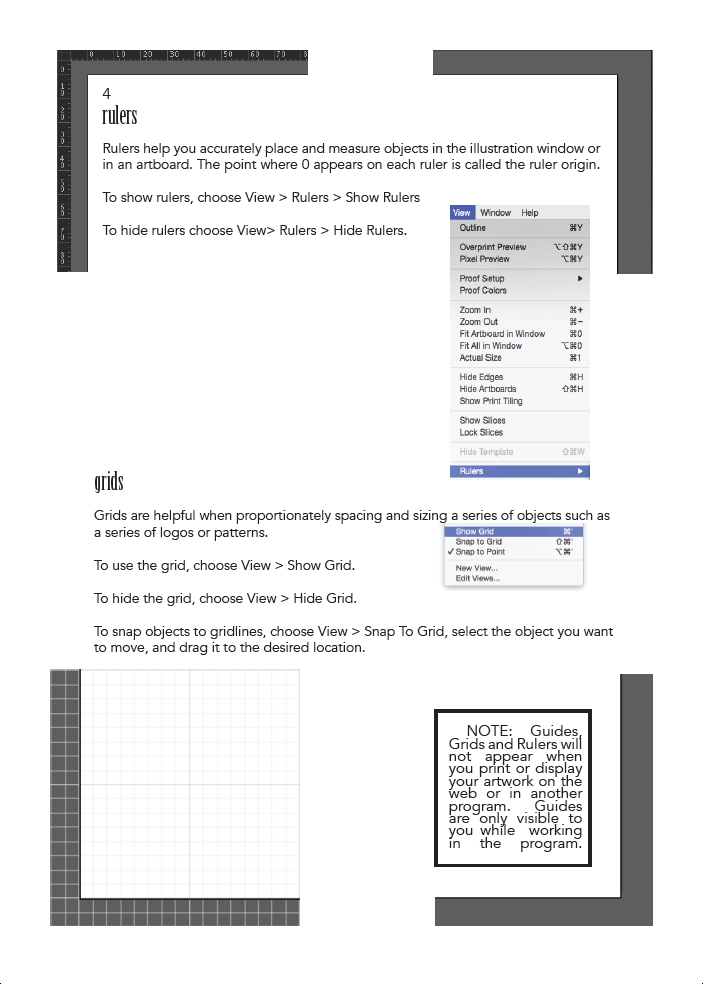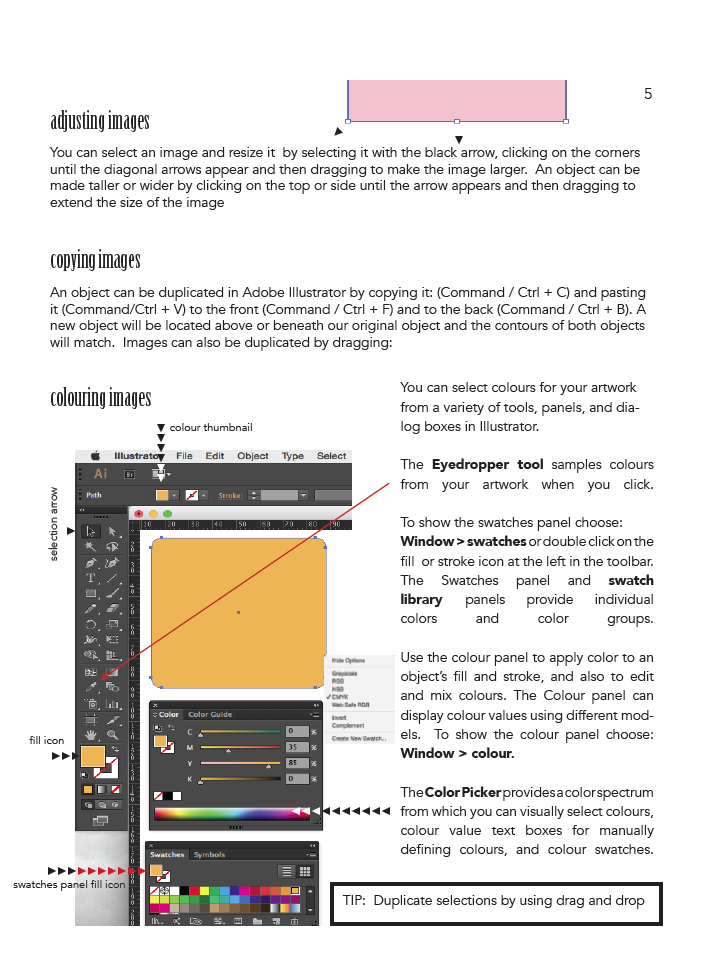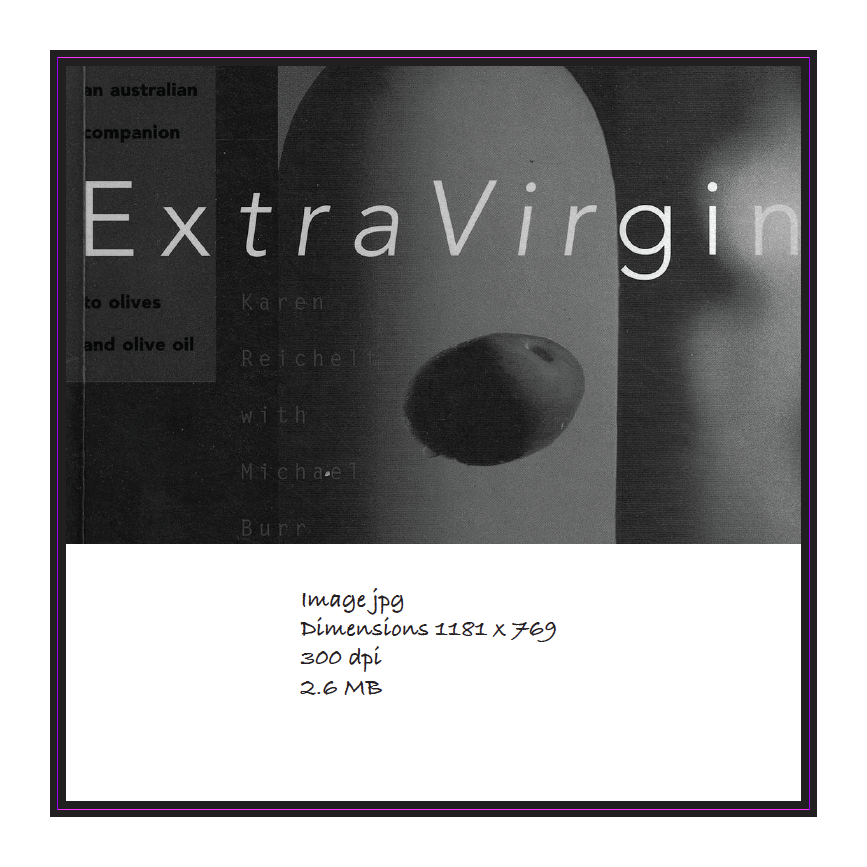TECHNOLOGY3 - FINAL ASSESSMENT TASKS
Assessment Task 1 - Photoword
The brief:
• Photograph alphabetical shapes that make up a word (minimum of five [5] letters).
• DO NOT photograph people forming the letters, spaghetti or other flexible substances formed into letters or
other similar ‘cop-outs’.
• DO NOT photograph existing letters and avoid the obvious.
• Also, try to make the letters relate to the word, eg. “Nature” photograph natural objects; “Gothic” take
shots in a cathedral or church; “Cracks” maybe in the concrete pavements or walls.
• If there are two letters the same in the word, you must have two different photographs.
• All letters can be cropped if you wish.
• Convert image from RGB to CMYK.
• All images are your own.
• Combine all letter images into one final image size – 800 pixels wide (height in proportion) 150 dpi Resolution, saved as a JPEG image.
|
 |
| LANDSCAPE |
Assessment Task 2 - Drawing with Type
The brief:
• Using Adobe Illustrator, demonstrate your understanding of type-on-a-path, you are required to draw an
illustration relating to a famous speech or nursery rhyme.
• If you find a speech online, you may have to cut it short to around 50 to 100 words max.
• Draw or illustrate a simple figure relating to the speech/nursery rhyme.
• Draw digitally or on paper and then scan in, you will then create text to go on the lines of the drawing.
• Completed work should be text only and in black ink only [no colour or lines, no pictures].
• Save your Illustrator file then Export to PDF for presentation.
• Final image size – A4 landscape
|
I decided to omit the pearl....
The time has
come,' the Walrus said,
To
talk of many things:
Of shoes — and
ships — and sealing-wax —
Of
cabbages — and kings —
And why the
sea is boiling hot —
And
whether pigs have wings.'
But wait a
bit,' the Oysters cried,
Before
we have our chat;
For some of us
are out of breath,
And
all of us are fat!'
No hurry!'
said the Carpenter.
They
thanked him much for that.
A loaf of
bread,' the Walrus said,
Is
what we chiefly need:
Pepper and
vinegar besides
Are
very good indeed —
Now if you're
ready, Oysters dear,
We
can begin to feed.'
But not on
us!' the Oysters cried,
Turning
a little blue.
After such
kindness, that would be
A
dismal thing to do!'
The night is
fine,' the Walrus said.
Do
you admire the view?
It was so kind
of you to come!
And
you are very nice!'
The Carpenter
said nothing but
Cut
us another slice:
Assessment Task 3 - Magazine
Produce a magazine-style* article on the use of Adobe software and present as a series of two page # spreads using InDesign.
• Name of magazine: ‘Adobe Plus’
• Magazine content can either be your own or copied from elsewhere. If copied it must be clearly referenced in your checklist.
• Final trimmed page size is to be 180mm x 250mm per page.
• Apply a 3mm bleed if your design requires it.
• Export as prepress PDF with all printer marks and bleed area.
• Export as prepress PDF without printer marks and bleed area, the PDF needs to include Bookmarks of important pages. Test.
Content
Your final article must show mini tutorials, including screenshots of ALL of the following:
1. Rulers and grids.
2. Adjusting, colouring and copying images.
3. Gradient fills, mesh and patterns.
4. Move, scale, rotate, reflect, shear and distort.
5. Type on path.
6. Wrapped type.
7. Layers
* A hardcopy magazine publication bought at a newsagent, with page numbers & barcode on front. # One spread = two pages. Your design will be a minimum of 4 pages.
Note – This Assessment Task requires an understanding of Adobe Software which used so far – Indesign, Photoshop, Illustrator and Acrobat. You may choose all three or may just focus on one, eg. Illustrator only for your tutorial article.
|
Assessment Task 4 - Photobook
The brief:
1. Using a digital camera, take four [4] photos of the same object from different angles. Save each file using standard naming conventions. In a Word document, make note of each image file’s metadata/tags.
2. Use a scanner, scan three [3] original photographs [one colour at 300dpi, one greyscale at 300dpi and one lineart at 1200dp]). Save each file using standard naming conventions. In a Word document, make note of each image file’s metadata/tags.
3. Use Photoshop to combine the above in steps [1] and [2] in one [1] image file, in a way that shows you have an understanding of visual design and communication principles, eg. a collage.
4. Finally, create a Photobook, using Indesign or Illustrator, showing all of the above images as well as displaying a record of the metadata settings on the page.
• Size of Photobook is up to you. It should be a single-page book.
• Include a Title Page at start of document and then one page per image.
• The total amount of pages for this Photobook is nine [9].
• Export Photobook to PDF.
• Open PDF and include a navigation system of Bookmarks and include any other interactive features to make searching within the document easier.
• Test that it all works.
|
T3 Learning Activity 04 - Resizing Images
The Design Brief for this exercise was to design a CD cover for the TSO (Tasmanian Symphony Orchestra) using InDesign and Photoshop The logo was supplied, but we were required to use 6 digital photographs that we had taken ourselves and resize them to fit the boxes of our InDesign document design as well as appropriate type for the copy (Global Music, composers of the world). I used Island Workshop design team as my subjects. An empty studio space below the offices that had good lighting and was a good location to set up for the shoot.
The document was exported as a pdf including colour bars, bleed area and trim marks.
T3 Learning Activity 02 - How to use a scanner
This was not only a good exercise in saving different types of images at different resolutions.....it was also a good exercise in learning how to use my new Canon LiDE 210 scanner. I am probably like many people and find reading instruction manuals tedious and boring and believe that using a new bit of technology should be intuitive....I had to resort to the manual and I'm still learning how to drive it! Perhaps I am just not that technologically savvy...but I am starting to get the hang of it.
T3 Learning Activity 01 - Scanner Story
For the Scanner Story assignment in Graphic Pre Press lll we were required to gather 9 objects that represent our story and scan them on the flat bed of a scanner to make a jpg. The objects that I chose have been a significant part of my journey and will tell you a little bit more about me. My family is not included here because that is a bigger story to tell....
1 Jenny Kee jumper
2 Botanic hair colour
3 Raymond Arnold printed paper
4 Brooch collection
5 Japanese handkerchief
6 Taiko bachi
7 Fabric
8 Rake
9 Craspedia globosa
Jenny Kee jumper
In the 1970s Jenny Kee and Linda Jackson had a shop in Sydney in the Strand Arcade called Flamingo Park. I loved their clothes because their designs were the first fashion label to create a truly Australia feel through their use of aboriginal motifs, landscape features and native flora in their fabric designs. I went to Sydney especially to visit their shop. Their clothes were handmade and one-off, and consequently expensive, but I just had to own a Jenny Kee. I wore this jumper a lot, but now it needs some TLC to preserve it, as it is now a collector’s item. I also have an opal silk scarf, bought from the Australian National Gallery shop a few years later.
Botanic hair colour
I had my first gray hair in my late teens and at that time I admired the French writer Collette, whose henna dyed hair was symbolic of a European artistic generation that I wanted to copy. I had very dark, thick hair, but the henna gave my hair a beautiful red sheen, which was frequently admired....and I have been colouring my hair with organic products ever since...although now the colour dynamics have changed with the dominance of naturally occurring gray hair.
Raymond Arnold printed paper
In the 1970’s I specialised in Printmaking when I was a student at the Tasmanian School of Art. Having an appreciation of the technique, and being attracted to its visual qualities I could not resist a large work called Transcend the Dripping Rock by Tasmanian printmaker Raymond, which I saw in an exhibition called South of No North at Bett Gallery in the early 1990s. This was to be the beginning of a modest art collection, which inadvertently has became dominated by Raymond’s work. We now have 8...7 prints and 1 painting. I obviously must like his work! Raymond sent me a package some years ago that was wrapped in this remnant print....the printed paper is hidden in the shadow of the rake...but I will post my collection of his work at a later date.
Brooch collection
An interest in native plants, gardening and the Tasmanian landscape has been dominant part of my life since my early 20s and my brooch collection is focused on designs inspired by creatures that reside in it. I love our native skinks, which are a common sight in every garden and bush landscape. The first collectable brooch I bought was Ruth Waterhouse’s skink in the 1980s. This brooch is so finely detailed that it almost looks real! Another much admired brooch is the cicada, which is a replica of an original vintage French design....and the trilobite was made from parts of a typewriter by local steam punk artist Jon Williamson.
Japanese handkerchief
I first visited Japan in 1999 when my eldest daughter was on exchange for a year when she was 16. I already had an interest in Japanese culture and aesthetics and it was then that I first discovered beautiful Japanese designed handkerchiefs that were sold at nearly every tourist outlet. They were of a quality and design that could not be bought in Australia. I have been to Japan five times now and every time I collect a new range of handkerchiefs to use. It is nearly time to replenish the supply!
Taiko bachi
The first time I saw taiko played was when I saw Sydney based group Synergy perform at the Stanley Burbury Theatre at the University of Tasmania in the 1990s. It impressed me so much that when a Taiko Society was formed at UTAS in 2002 I wanted to learn. It was the beginning of a passionate10 year involvement in the group, combining administrative roles with training and performing. It was a wonderful way to keep fit and was great fun! It took up a lot of time, which I now need for other things....like renovating, gardening and studying!
Fabric
I learned to sew when I was a teenager and have always had an interest in beautiful textiles. I just can’t resist them. I rarely leave a fabric shop without another piece of fabric......and consequently I can always find a piece of fine cloth if I want to make something.
Garden rake
I am an obsessive raker! Our house and garden is dominated by large gum trees, which shed leaves on a regular basis, especially in summer when there is a long dry period without rain. It is not only a cleaning and tidying activity, but it is also meditative as well as being the method by which I reduce the fuel load around the house. Maintaining this leaf litter free zone is an important fire safety measure and part of living in the bush.
Craspedia globosa (Billy Buttons or Drumsticks)
Craspedia globosa flowers are one of my favourite flowers. Although our garden is planted with mostly Tasmanian species, there are a few mainland Australian species in the mix. I have a group planting of Billy Buttons because it grows on very tall stems and its solid round head floats above other low plantings around it adding solid spots of bright yellow to the garden between November and February. It is a fantastic dried flower, which I used in the bouquets and on the reception tables for my daughter’s wedding in August several years ago.


























No comments:
Post a Comment